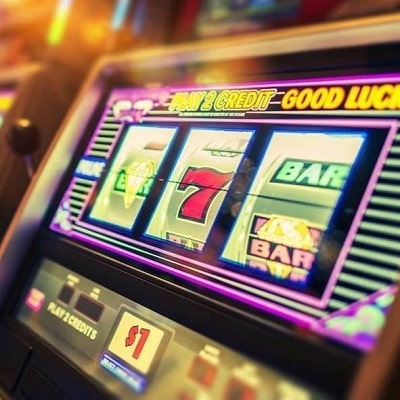Gaming UX: How Design Influences Player Behaviour

Understanding user experience (UX) in the context of gambling is more than just analysing interfaces. It’s a strategic approach that shapes the entire behaviour of a player from the first click to long-term engagement. In a competitive industry, the design choices made by operators directly impact how players perceive and interact with a game. Based on recent observations and practices as of June 2025, this article outlines how effective UX contributes to decision-making, risk-taking, and player retention in gambling environments.
Visual hierarchy and interface structure
The structure of an interface significantly affects the ease with which a user can navigate and make decisions. A well-designed hierarchy leads the player’s eye to key actions: registration, deposits, and games. Clarity reduces cognitive load, allowing users to engage more naturally without confusion or delay.
Use of colour plays a psychological role. For example, red can signal urgency, green may reinforce positive feedback like winning, and blue offers a sense of calm. These subtle cues guide emotional responses that influence continued play or exit.
Elements such as call-to-action buttons, fixed navigation, and simple menus help users feel in control. In gambling environments, that perception of control—even when luck determines outcomes—encourages longer sessions and improved engagement.
Typography and accessibility
Legible fonts and adequate contrast are not aesthetic decisions alone—they’re functional tools. Poor readability often leads to user frustration, especially when instructions, game rules, or bonus terms are involved.
Accessibility must address a wide user base, including older users or those with visual impairments. Increasing font size, maintaining consistent layouts, and offering interface personalisation can broaden a site’s appeal and usability.
By ensuring accessibility, designers not only meet ethical and legal standards but also increase the trustworthiness of the service. Trust leads to return visits and longer user retention cycles.
Psychological triggers in UX design
Designers often employ behavioural psychology principles, such as FOMO (fear of missing out), reward anticipation, and visual reinforcement to drive user action. Gamification elements—like level progression, points, and badges—are not limited to video games; they are widely used in gambling contexts to retain attention.
Progress bars, daily goals, and countdowns can keep players engaged by creating a sense of urgency or accomplishment. These components provide instant feedback and a continuous reason to interact with the system.
However, excessive use of psychological nudges without transparency risks breaching ethical boundaries. Responsible design must balance retention with informed user decision-making.
Sound and motion cues
Auditory signals—like celebratory jingles or ticking clocks—play a significant role in triggering emotional responses. A win reinforced by sound is more memorable and more likely to encourage replay.
Motion design, such as reels spinning or coins dropping, also contributes to the emotional architecture. These animations, when well-paced and not overwhelming, enhance immersion and build anticipation.
Too much motion, however, can cause fatigue or distraction. Effective UX uses motion and sound with purpose, not as decoration but as behavioural tools.

Personalisation and predictive interaction
Modern UX design increasingly leverages data to deliver personalised experiences. Behaviour-based customisation—such as recommending games based on prior activity—creates a sense of familiarity and relevance.
Smart interfaces can adapt over time. If a player consistently plays table games, the homepage can highlight similar content. This reduces friction, shortens decision times, and increases satisfaction.
Predictive design also includes adaptive notifications. Reminders about unfinished sessions or bonuses close to expiration can re-engage users without being intrusive, as long as they’re contextually relevant.
Cross-device consistency
Seamless experience across desktop, mobile, and tablet is no longer optional. As of 2025, over 70% of users access gambling services via mobile devices. A consistent look, feel, and function across devices is critical.
Discrepancies in layout or speed between platforms undermine user trust. Players expect fluidity: their balance, history, and interface preferences should remain intact regardless of device.
Cross-platform coherence also supports responsible play by allowing easy access to tools such as deposit limits or session timers—critical features in user-centric design.



